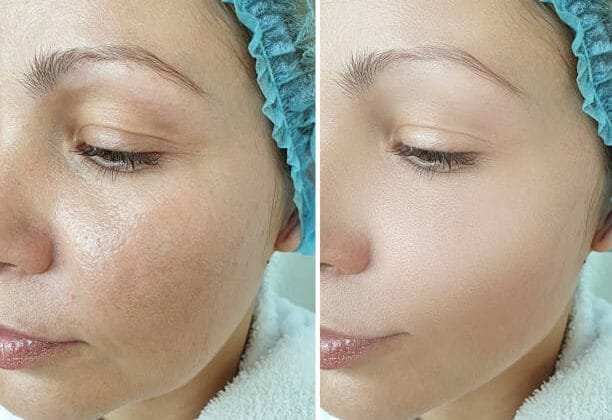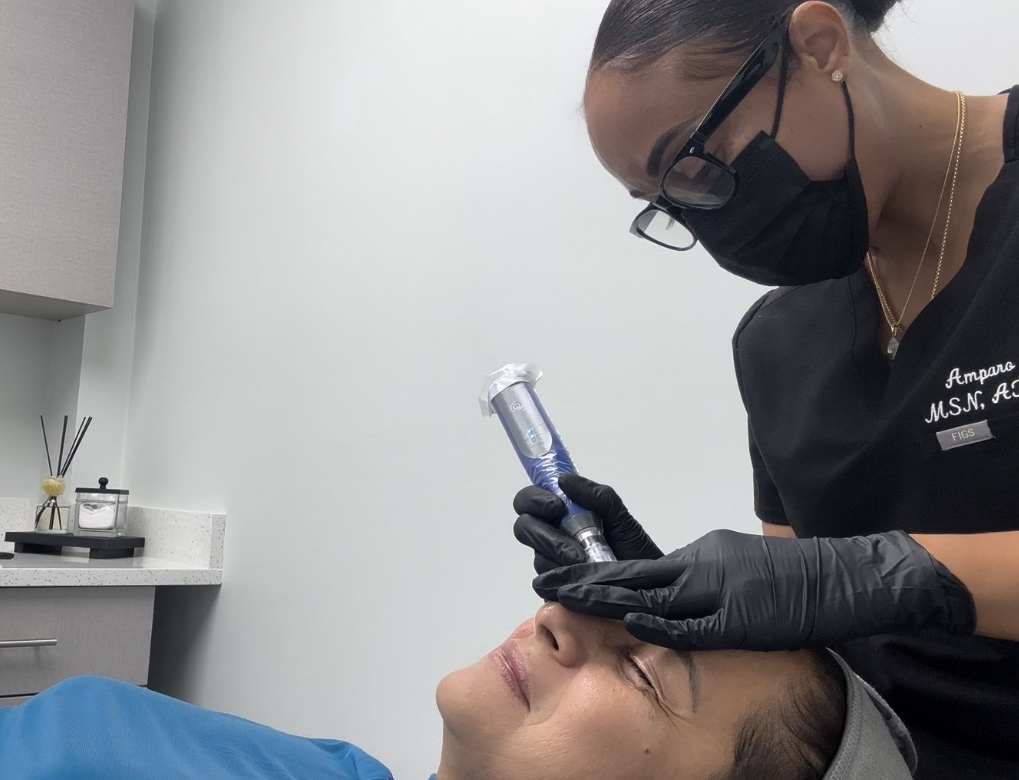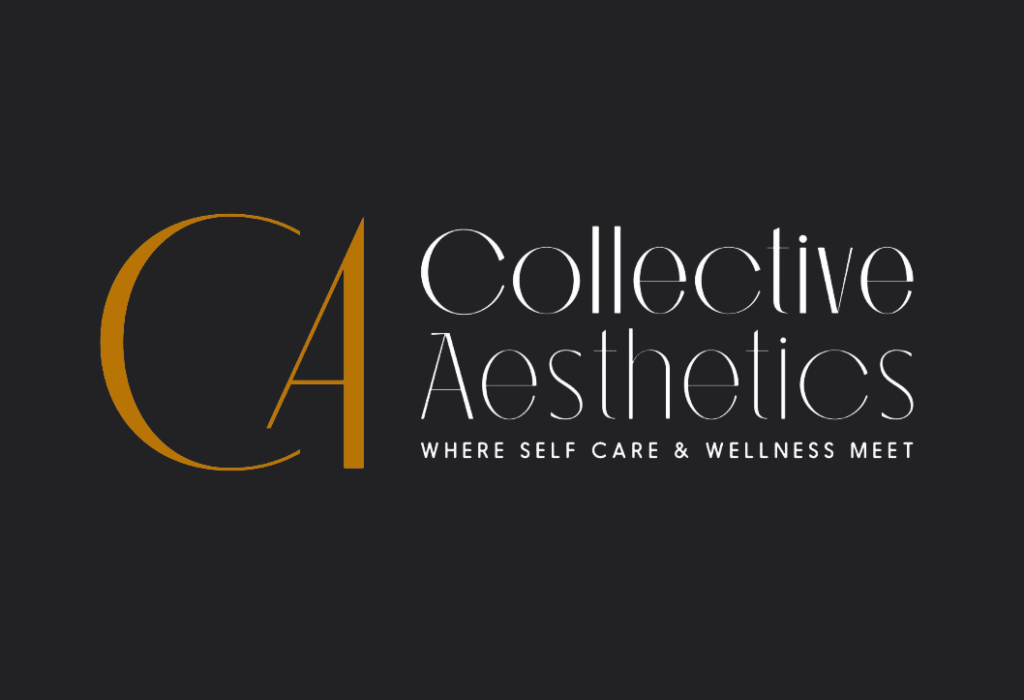Microneedling vs. Laser Resurfacing: Is microneedling or laser resurfacing for your skin? What Are the Benefits and Differences of These Popular Treatments to Help You Determine Which Is the Best Option for the Health and Look of Your Skin?
Overview of the Blog Post:
This blog post will explore two of the most popular skin treatments—microneedling and laser resurfacing. We’ll discuss the similarities and differences between the two, how they work, their benefits, potential side effects, and which one is best suited for various skin concerns. Whether you want to reduce wrinkles, improve skin texture, or target acne scars, this guide will help you decide on your subsequent skincare treatment.

Microneedling vs. Laser Resurfacing: Which Is Best for Your Skin?
Microneedling and laser resurfacing are the most effective options for achieving smoother, more youthful-looking skin. These treatments are popular among those looking to reduce signs of aging, improve skin texture, and address scars or discoloration. But how do you know which treatment is proper for you? Let’s dive into the details of microneedling vs. laser resurfacing to help you make an informed decision.
What Is Microneedling?
[Microneedling] — also referred to as collagen induction therapy (CIT) — is a minimally invasive cosmetic procedure where a [device] with fine needles creates thousands of micro-injuries on the skin. These micro-injuries activate the body’s natural wound-healing processes, with increased collagen and elastin production. This technique smoothens skin texture, diminishes wrinkles and reduces scars.
Benefits of Microneedling:
- Reduces fine lines and wrinkles: By stimulating collagen production, microneedling can help reduce the appearance of fine lines and wrinkles.
- Improves skin texture: It smooths rough skin, making it feel softer and more even.
- Reduces acne scars: Microneedling can help break down scar tissue and promote the healing of acne scars.
- Minimizes pore size: It can reduce the size of enlarged pores, creating a smoother complexion.
- Boosts skin tone: The treatment can even out skin tone, making it look more radiant and youthful.
What Is Laser Resurfacing?
Laser or laser skin resurfacing or laser peel uses focused light to remove damaged skin layers, revealing the fresh skin beneath. There are two main types of laser treatments: ablative and non-ablative lasers. Ablative lasers remove the outer layer of the skin. In contrast, non-ablative lasers target the skin’s deeper layers without removing the outer layers.
Benefits of Laser Resurfacing:
- Reduces wrinkles and fine lines: Like microneedling, laser resurfacing stimulates collagen production, which can smooth out wrinkles and fine lines.
- Treats skin discoloration: It is especially effective at reducing pigmentation issues such as sun spots, age spots, and melasma.
- Improves skin tone and texture: Laser resurfacing can improve overall skin tone and texture by removing damaged skin cells.
- Treats scars and acne marks: Both types of lasers can address acne scars and other types of scarring.
- Tightens the skin: Ablative laser resurfacing can also help to tighten and firm the skin, providing a lifting effect.

Microneedling vs. Laser Resurfacing: Key Differences
While microneedling and laser resurfacing offer impressive skin benefits, they work differently. Here’s a closer look at the main differences:
1. How They Work
- Microneedling involves using a device with tiny needles to create micro-punctures in the skin. These tiny injuries stimulate collagen production, which improves skin texture and firmness over time.
- Laser Resurfacing, on the other hand, uses focused light to remove damaged layers of skin or heat deeper layers to stimulate collagen production. There are different types of lasers, each suited to specific skin concerns.
2. Downtime
- Microneedling typically has minimal downtime, with most patients experiencing redness and swelling for just a few hours to a day after treatment.
- Laser Resurfacing may require more downtime, depending on the type of laser used. Ablative lasers may cause redness, peeling, and discomfort for several days to a week.
3. Pain and Comfort
- Microneedling can cause mild discomfort during the procedure, but a topical numbing cream is usually applied to minimize pain.
- Laser Resurfacing can be more uncomfortable, especially with ablative lasers. Numbing creams or local anesthesia may be used to manage discomfort.
4. Treatment Areas
- Microneedling is typically used for the face but can be used on other areas of the body, such as the neck and décolletage.
- Laser Resurfacing is often limited to the face but can also be used on the neck, chest, and hands.
5. Results
- Microneedling results can take a few weeks to show, as collagen production takes time. Multiple sessions may be needed for optimal results.
- Laser Resurfacing often provides more immediate results, especially with ablative lasers. Still, the full effects may take a few months to become apparent.

Which Treatment Is Best for Your Skin?
Both microneedling and laser resurfacing offer significant benefits, but choosing the proper treatment depends on your skin type, concerns, and goals. Here’s a quick guide to help you decide which option is best for you:
Choose Microneedling If You:
- Want a more natural, gradual improvement in skin texture and tone?
- Have mild to moderate acne scars or enlarged pores.
- I prefer minimal downtime and a less invasive procedure.
- We want to address fine lines, wrinkles, and skin texture without lasers.
Choose Laser Resurfacing If You:
- Want to treat more significant skin issues like deeper wrinkles, sun damage, or pigmentation problems?
- Are seeking more immediate results.
- Are comfortable with the potential for more extended downtime, especially if opting for an ablative laser.
Judgement
Both microneedling and laser resurfacing are excellent options for improving your skin’s appearance. Still, the right choice depends on your specific needs and concerns. Microneedling offers a less invasive, quicker recovery option for improving skin texture and addressing scars. At the same time, laser resurfacing provides more dramatic results for deeper skin issues like pigmentation and wrinkles.
If you’re unsure which treatment is proper for your skin, consulting a skin care professional can help you make the best choice. Collective Aesthetics offers microneedling and laser resurfacing to help you achieve smoother, healthier skin. Contact us today to schedule a consultation and find the perfect treatment for your skin.

Contact Information
- Address: 6229 Miramar Pkwy Ste 7, Miramar, FL 33023, United States
- Phone: (305) 528-3360
- Email: info@collective-aesthetics.com
- Website: www.collective-aesthetics.com
- About: About Us
- Consultation: Book A Consultation now!
Related topic for
Microneedling Treatments
- Microneedling in Florida: Benefits, Cost & What to Expect
- Microneedling for Acne Scars: Does It Really Work?
- Microneedling vs. Chemical Peels: Which is Right for You?
- The Science Behind Microneedling: How It Stimulates Collagen Production
- How Often Should You Get Microneedling for Best Results?
- Microneedling Aftercare: What to Do & What to Avoid
- Microneedling with PRP vs. Traditional Microneedling: Which is Better?
- Does Microneedling Help with Stretch Marks?
- Microneedling for Hyperpigmentation: Can It Even Out Skin Tone?
- Microneedling for Hair Growth: Can It Treat Hair Loss?
- Microneedling for Wrinkles & Fine Lines: Anti-Aging Benefits
- At-Home Microneedling vs. Professional Treatments: What’s the Difference?
- How Long Do Microneedling Results Last?
- Is Microneedling Safe? Side Effects & What to Expect
- Microneedling and Botox: Can You Combine These Treatments?
- Microneedling vs. Dermaplaning: What’s the Difference?
- How to Prepare for Your First Microneedling Session
- Microneedling for Rosacea: Can It Help Reduce Redness?
- Microneedling for Enlarged Pores: Does It Make a Difference?











